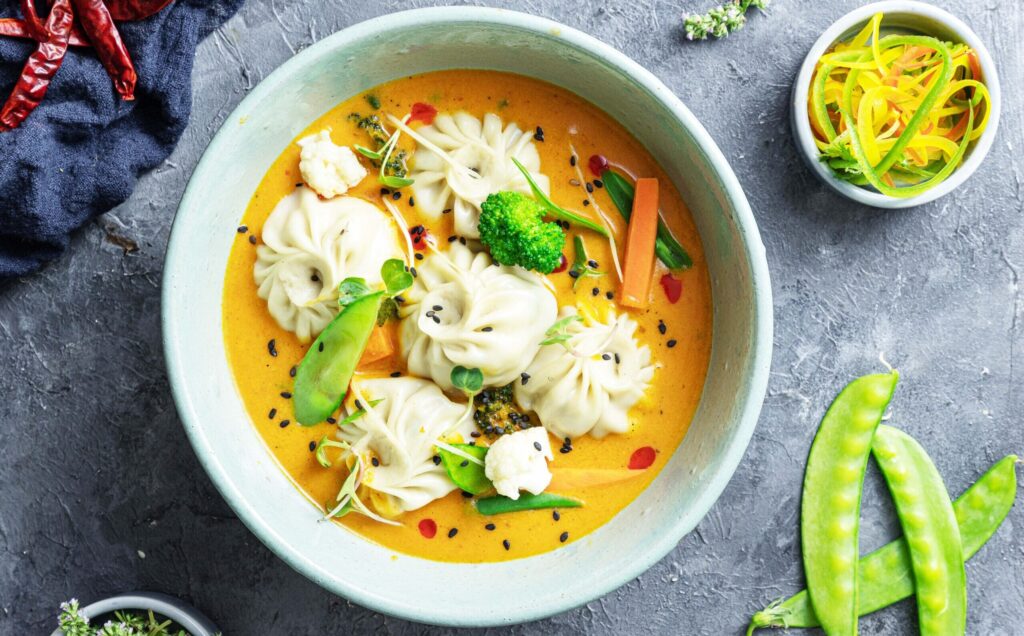 From Sushi to Tapas…Eat Your Way Around the World (Without a Passport)
From Sushi to Tapas…Eat Your Way Around the World (Without a Passport)
Culinary exploration is a delightful journey transcending borders and cultures, offering a world of flavors to savor and appreciate. While France and Italy have long held the spotlight as epicenters of culinary excellence, many countries boast equally remarkable and diverse cuisines.
There’s the delicate art of sushi in Japan to the fiery curries of India and the savory street tacos of Mexico–all of these nations have carved their own distinctive niches in gastronomy.
Join us on a culinary odyssey as we venture beyond the well-trodden paths of French and Italian cuisine to explore the delicious offerings of countries celebrated for their exceptional food and the unique stories behind their culinary traditions.
Here are a few notable examples, along with some reasons why their cuisine is celebrated:
Japan:
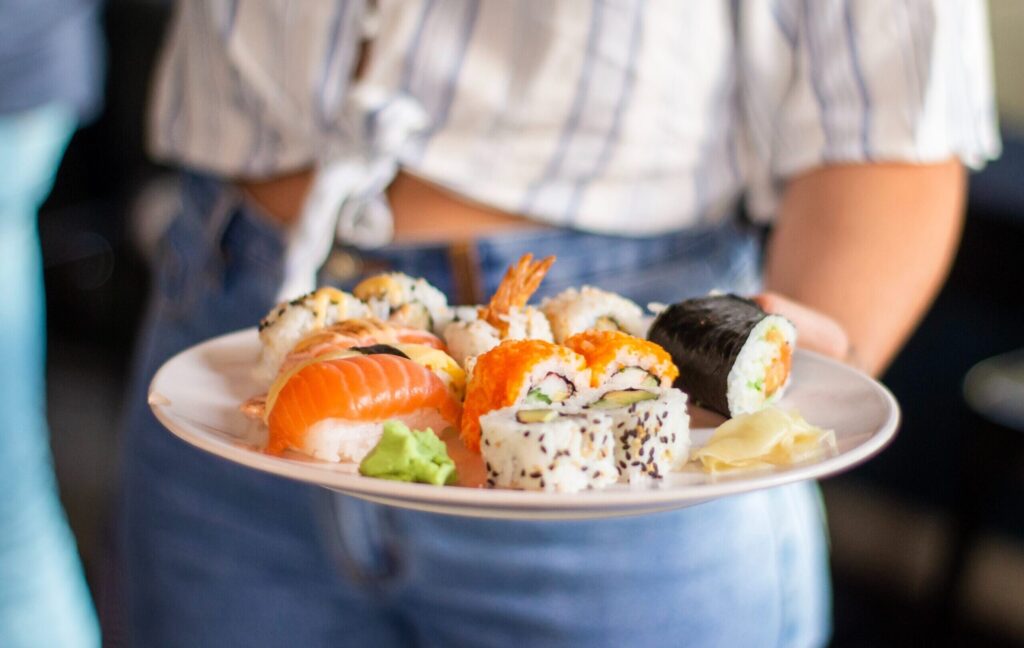
-
- Sushi and Sashimi: Japan is renowned for its fresh and expertly prepared raw fish dishes. The emphasis on quality and presentation is a hallmark of Japanese cuisine.
- Ramen: Japanese ramen noodles come in various styles, with rich broths and toppings that vary by region. Each bowl is a flavorful experience.
Thailand:
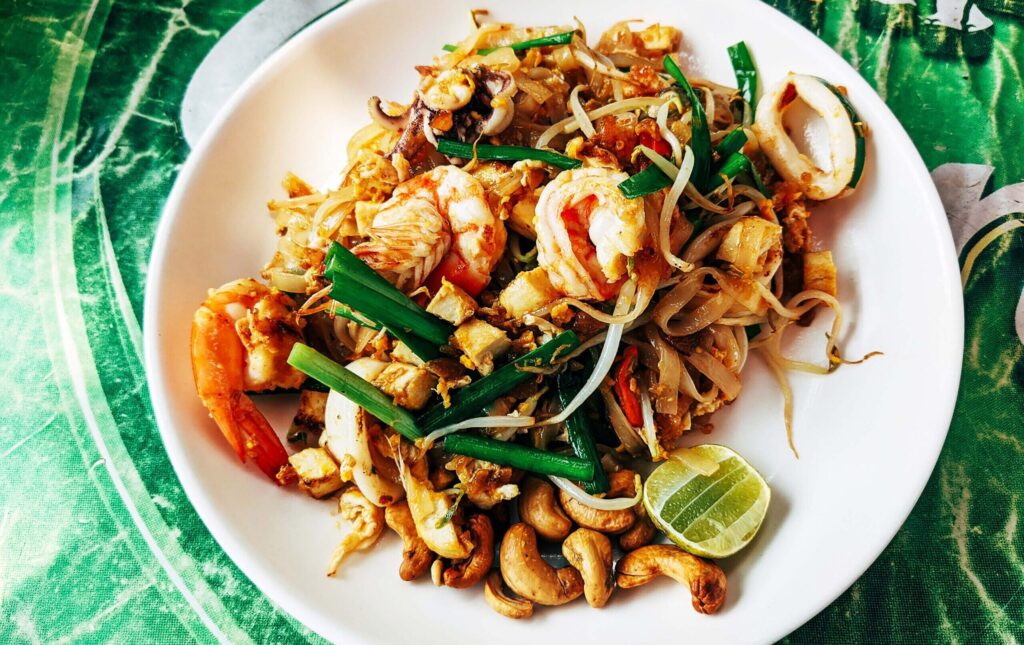
-
- Thai Curry: Thai cuisine is famous for its vibrant and aromatic curries. Combining herbs, spices, and coconut milk creates complex and flavorful dishes.
- Pad Thai: This stir-fried noodle dish is sweet, sour, and savory, making it a popular Thai street food.
India:
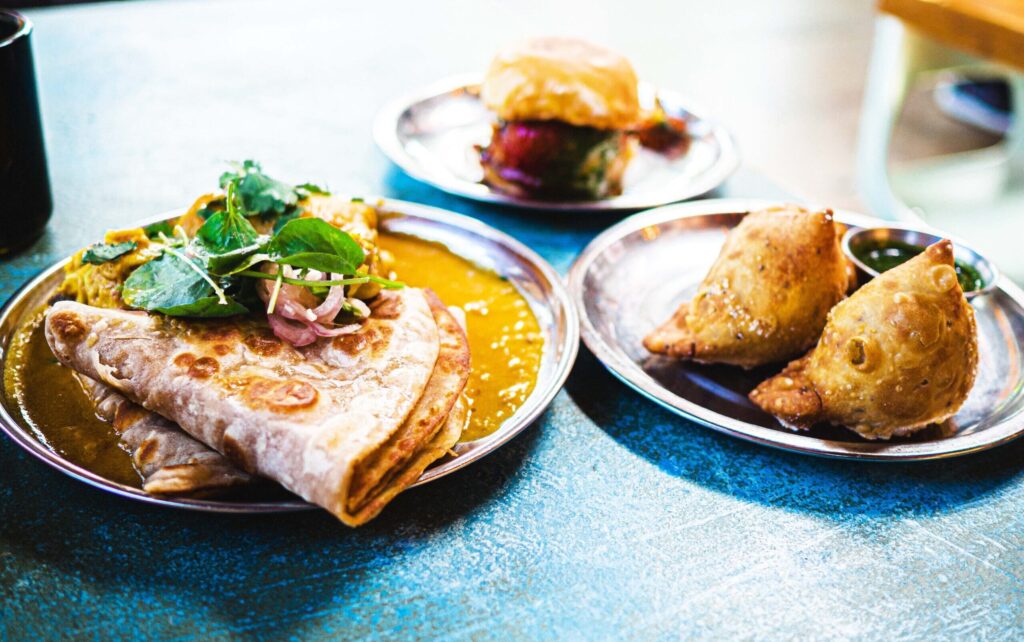
-
- Curry: Indian cuisine offers a wide range of curry dishes, each with its unique blend of spices. The variety of flavors, from mild to spicy, is exceptional.
- Tandoori: Tandoori dishes are cooked in a clay oven, resulting in tender and flavorful meats and bread like naan.
Mexico:
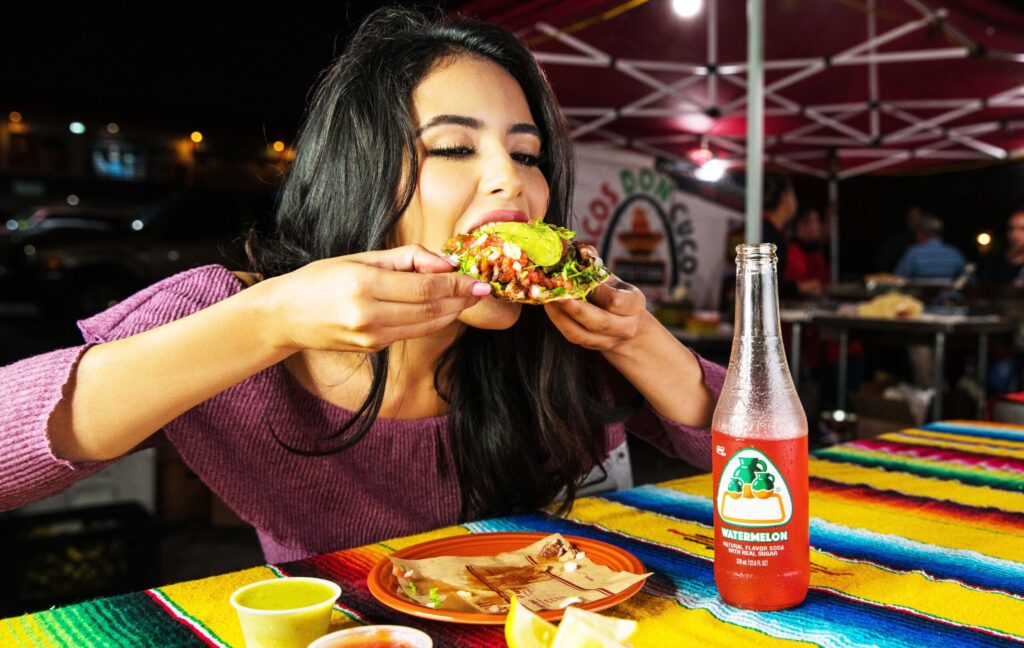
- Tacos: Mexico is famous for its street tacos, filled with meats, salsa, and garnishes. The combination of flavors and textures is irresistible.
- Guacamole: Made from ripe avocados, tomatoes, onions, and lime juice, guacamole is a creamy and refreshing dip.
China:
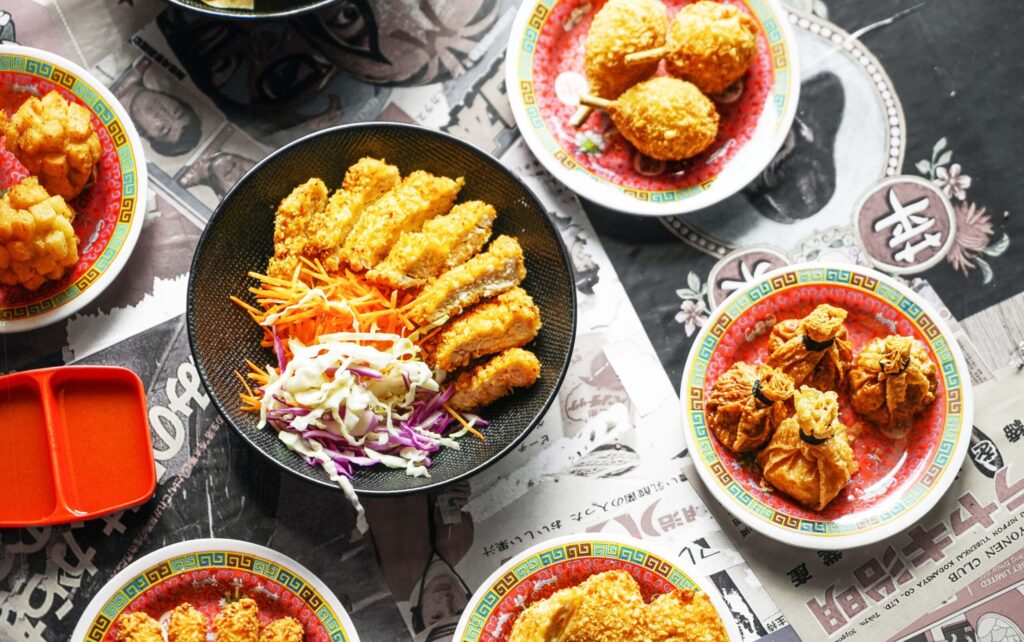
-
- Dim Sum: Chinese dim sum includes a variety of small, flavorful dishes, often served with tea. It’s a culinary tradition known for its diversity.
- Peking Duck: This famous dish features crispy duck skin and tender meat, served with thin pancakes, hoisin sauce, and sliced scallions.
Spain:

-
- Paella: Spain’s paella is a saffron-infused rice dish cooked with various ingredients such as seafood, chicken, or rabbit. It’s flavorful and visually appealing.
- Tapas: Spanish tapas are small, flavorful dishes often served with drinks, encouraging social eating and tasting various flavors.
Vietnam:
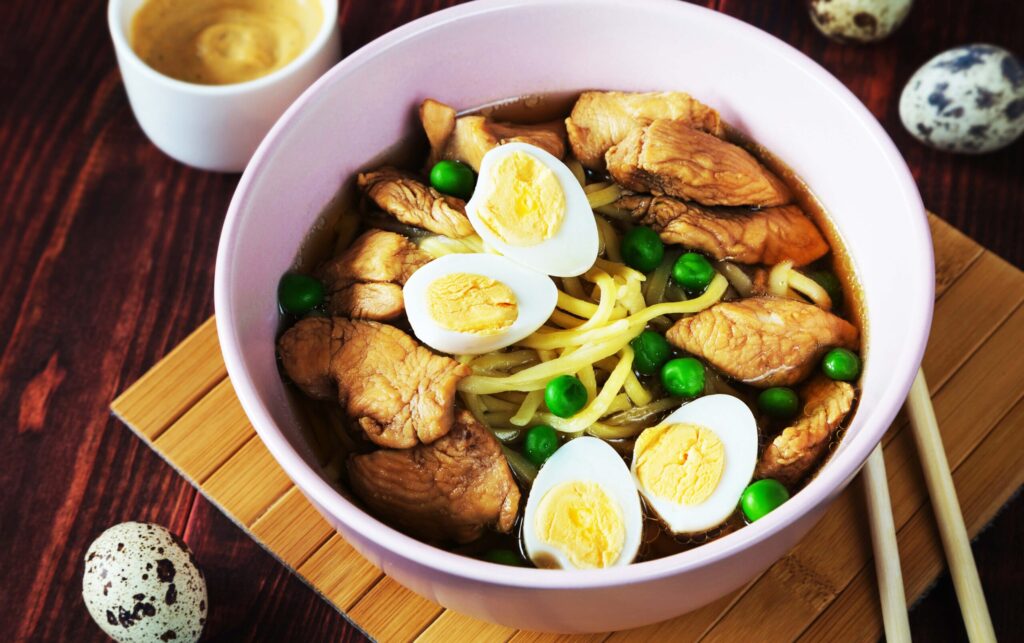
- Banh Mi: These Vietnamese sandwiches feature a variety of fillings, often including pickled vegetables and fresh herbs, in a crispy baguette.
- Pho: Vietnamese pho is a fragrant noodle soup made with herbs, rice noodles, and either beef or chicken. It’s a harmonious blend of flavors and textures.
Greece:
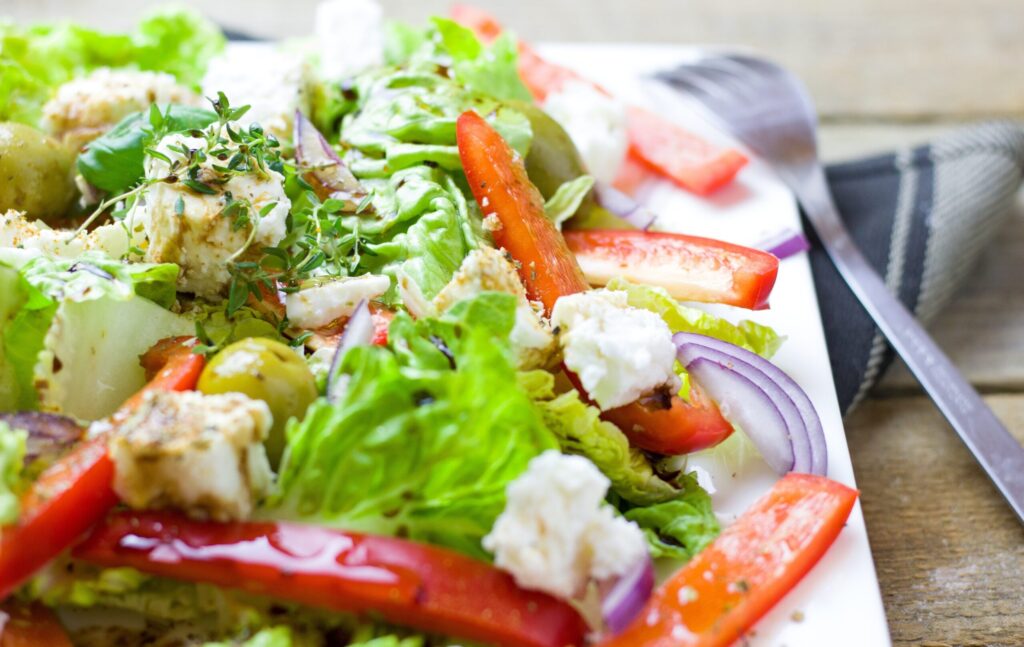
-
- Moussaka: A layered dish with eggplant, ground meat, and béchamel sauce, moussaka is a comforting Greek classic.
- Greek Salad: Made with fresh vegetables, olives, feta cheese, and olive oil, this salad is a refreshing and healthy option..
Did you know?
Umami, the Fifth Taste: While many people are familiar with sweet, salty, sour, and bitter tastes, there’s a fifth taste known as “umami.” Umami is often described as a savory or meaty flavor, and it plays a significant role in the cuisines of several countries mentioned.
In Japan, for example, umami is a central component of dishes like miso soup and soy sauce. Similarly, umami-rich ingredients like fish sauce and fermented soybeans are prevalent in Thai cuisine.
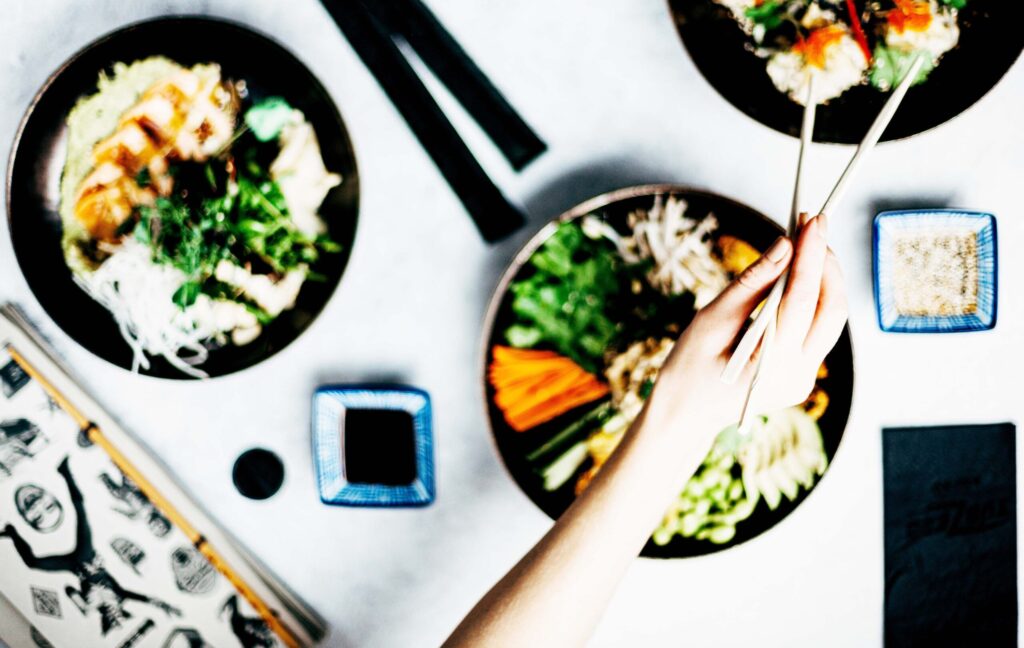 Understanding and enhancing umami has become a global culinary pursuit, adding depth and complexity to dishes worldwide. So, when you savor that rich broth in ramen or the depth of flavor in a well-prepared curry, you’re likely experiencing umami at its finest.
Understanding and enhancing umami has become a global culinary pursuit, adding depth and complexity to dishes worldwide. So, when you savor that rich broth in ramen or the depth of flavor in a well-prepared curry, you’re likely experiencing umami at its finest.
A little history:
Global gastronomy has a significant impact on cultural diplomacy. Food has the unique power to bridge gaps and foster understanding between nations.
Many countries use culinary diplomacy to strengthen international relations and promote their culture abroad.
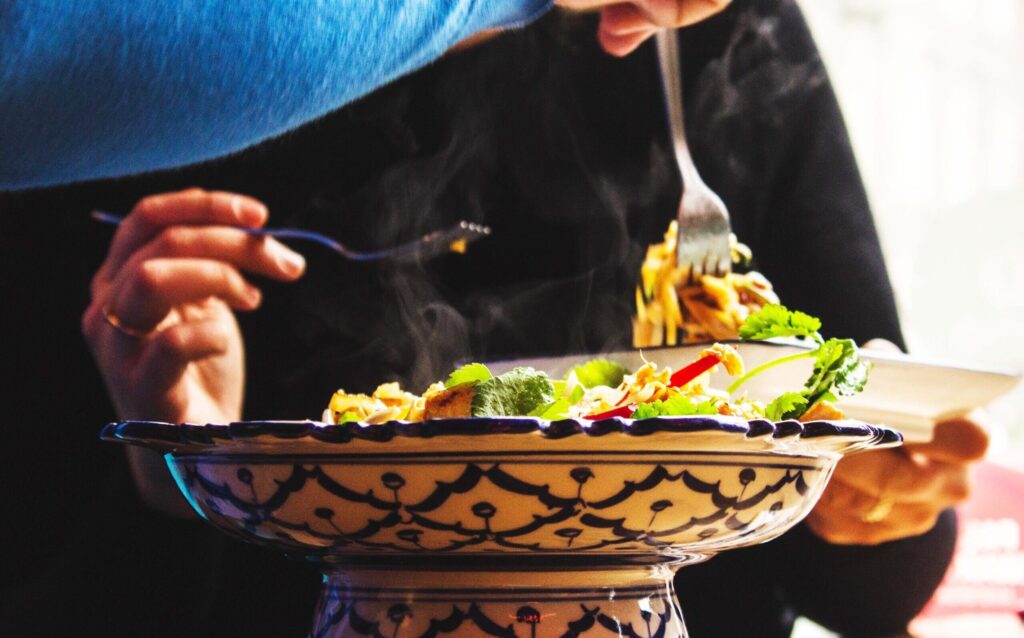
For example, “gastrodiplomacy” has led to food festivals, cultural exchanges, and chef collaborations, all aimed at showcasing a nation’s cuisine to build positive relationships and engage with the global community.
Food transcends language barriers and can create a sense of unity and appreciation for diverse cultures, making it a potent force in international diplomacy and cultural exchange.


